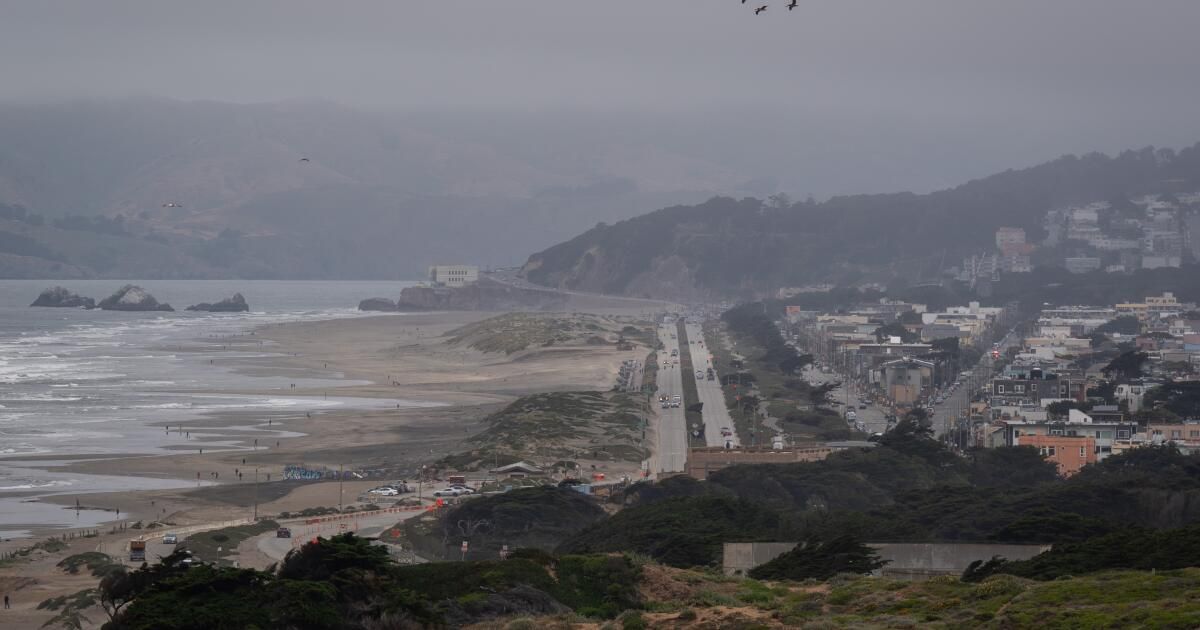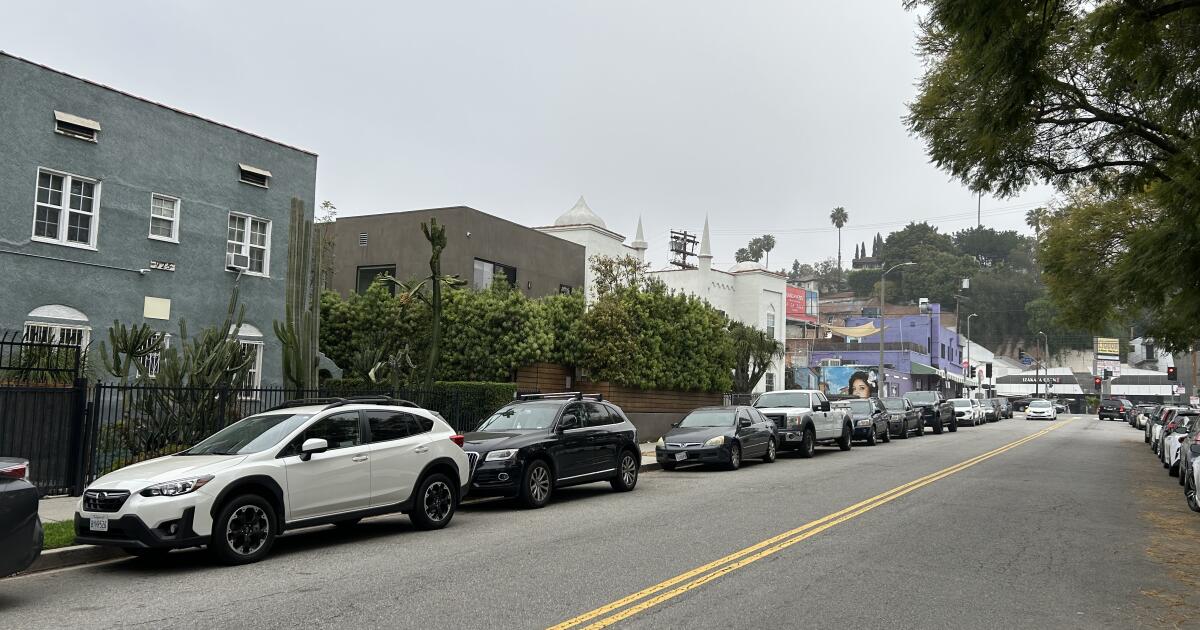If the California coast is a state asset worth trillions of dollars (and it is), why is the state agency that has successfully protected that asset for 50 years under attack? The answer – “unnecessary delays in obtaining permits” – is unfounded. However, California's exceptional history of coastal protection is in greater danger today in the halls of our state Capitol than it has been for generations.
Like water flowing downhill, California's incomparable coastline has always been a magnet for development. In 1972, with this in mind, California voters overwhelmingly approved Proposition 20, a ballot initiative that launched the California Coastal Act of 1976. Unlike South Florida, the Jersey Shore or other coastal regions devoured by After privatization, the California coast was given special protection by law: the coastal zone would be developed not as an enclave for the rich but for the use of all, with provisions to protect its natural resources. and its impressive beauty.
The California Coastal Commission was created to enforce the law with the specific goal of balancing ecosystem needs with the need for public access and economic development, including affordable housing. Here's how it works: Local jurisdictions develop coastal plans that the commission must approve. Once a plan is implemented, development permits are handled by the city, town or county, although those decisions can be appealed to the commission.
Over the years, the Coastal Commission has successfully advocated for public beach access in Malibu, Half Moon Bay, Carlsbad and other cities. It has helped preserve state parks, open spaces along the coast and the beach itself, denying permits for oil drilling, more than one luxury resort, an LNG port (in Oxnard) and a toll road ( on the beach of San Onofre). In 2019, it fined a developer nearly $15.6 million for replacing, without a permit, two low-cost hotels along Ocean Avenue in Santa Monica with a boutique hotel.
Unsurprisingly, this process has often been the target of critics of the Coastal Law, and while the rationale may vary depending on the moment, its objective remains the same: to weaken the commission's oversight and return the control of land use completely to local governments.
Today, the short supply of affordable housing along the coast is the basis of the attack. In legislation introduced in January, intended to “resolve unnecessary permitting delays in the disproportionately low-housing coastal zone,” state Sen. Scott Wiener (D-San Francisco) proposed an unprecedented 23.5 split % of the coastal area in San Francisco. Specifically, Senate Bill 951 would remove from the commission's oversight residential areas on the city's western edge, as well as a portion of Golden Gate Park. As the first significant coastal zone reduction in more than 40 years, this attack on the commission could set a dangerous precedent that would invite similar exclusions from San Diego to Santa Monica to the Crescent City.
Last month, the San Francisco Board of Supervisors voted overwhelmingly to oppose SB 951, and a day later, the Coastal Commission, by unanimous vote, did the same.
The existential threat this legislation represents to the Coastal Act and the entire California coast is undeniable. Among the numerous commission responsibilities affected, SB 951 ignores the agency's essential role in planning for adaptation to sea level rise along San Francisco's increasingly vulnerable coastline. And it seems no mere coincidence that the excluded area includes land proposed for a controversial 50-story condominium and commercial project in the Outer Sunset neighborhood apartments north of the San Francisco Zoo.
The claim that the Coastal Commission is responsible for housing inequality in the coastal zone, although long on rhetoric, is belied by the historical record. In fact, when the Coastal Law became law in 1976, required that “housing will be protected, encouraged, and, where possible, provided for persons of low and moderate income.” The commission actively complied, approving or protecting from demolition more than 7,100 affordable units between 1977 and 1981 and collecting approximately $2 million in “in-lieu” fees to support affordable housing.
But in 1981, the state Legislature amended the Coastal Act to eliminate the commission's affordable housing authority. Contrary to the claim of “unnecessary permitting delays” on which SB 951 is based (only two coastal development permits in San Francisco have been appealed to the commission in 38 years), it is this amendment and the fact that that developers prefer to build final projects, which has produced the current affordable housing deficit in the coastal area. As then-Coastal Commission Chairman Leonard Grote warned in 1981, “Passage of this bill would ensure that the ability to live near the coast is reserved for the wealthy.” And so it has been.
If increasing the supply of affordable housing near the California coast is indeed the goal of SB 951, then the commission's authority needs to be restored, not reduced. It was a mistake in 1981 to eliminate the commission's power to require that the projects it approved include affordable housing, and it is a mistake in 2024 to expect the shrinking coastal zone to right that wrong.
The California Coastal Commission has an extraordinary record of success in protecting California's most valuable environmental and economic resource, and its regulatory role is more essential today than ever. SB 951 would weaken, not promote, equal access to that resource, and threatens to erode, perhaps irrevocably, the nation's most successful coastal management program.
Joel Reynolds is western director and senior counsel for the Natural Resources Defense Council in Santa Monica. Tom Soto is a former alternate member of the California Coastal Commission and a Natural Resources Defense Council board member.












